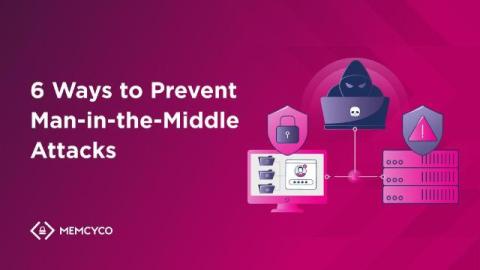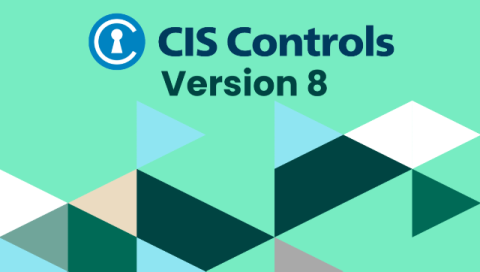Out of 29 Billion Cybersecurity Events, Phishing was the Primary Method of Initial Attack
The newly released single largest analysis of cyber attacks across all of 2023 show a strong tie between the use of phishing and techniques designed to gain credentialed access. I’ve stood on the “phishing is a problem” soapbox for many years, attempting to focus the attention of cybersecurity teams on the single largest problem within the organization: the employees that fall for social engineering tactics time and time again.











